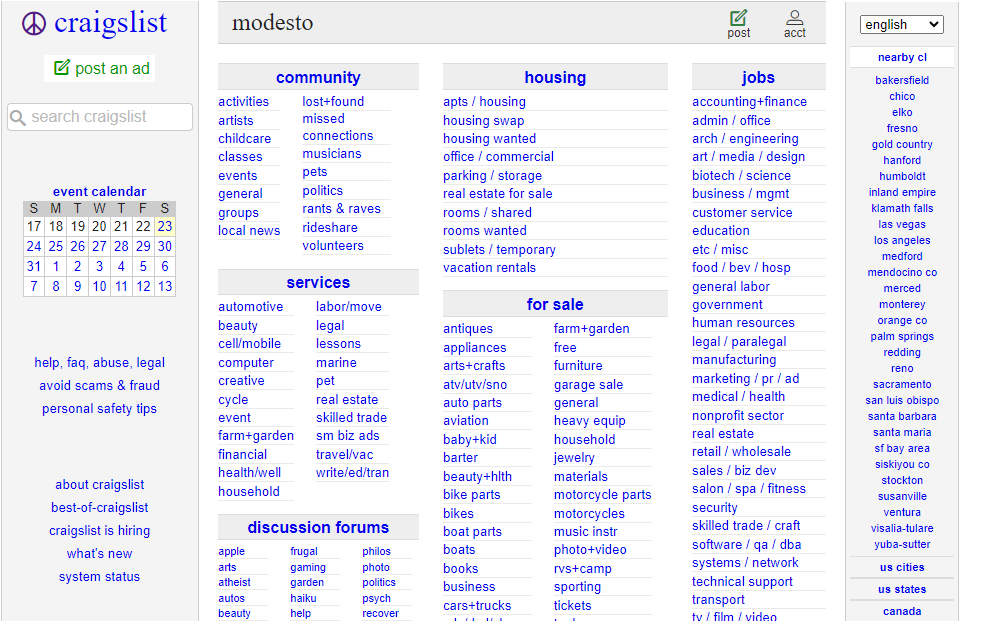Sales strategy is something large, which can be interpreted in multiple ways. In various companies, it is understood differently. In this article, we are focusing on what sales strategy is, what it consists of, and what tools it might embrace.
Although sales is a process requiring high skills from a person to make good numbers and receive fine remuneration, there are extensive documents, approaches, and techniques, which form something called a sales strategy template – to unify the sales processes and approaches for every employee. We’re looking at its nature and what it can include.
What is sales strategy and what is included to a sales strategies template
Basically, sell strategy is the same thing as a marketing strategy, which is a set of tools, knowledge, know-how, approaches, skills, and resources in a combination with product/service that’s being sold to customers to concentrate limited available resources of a company on achieving its strategic goals to receive competitive advantage and generate financial profits. In simpler words, it is a document, which collects sales approaches and knowledge, explaining what product you’re selling, to whom you’re selling it, how to sell it, what are the plans for sales per month, quarter, and year, and what is the motivation of a salesman who hits the plan.
A well-elaborated sales strategy example would include these:
- Tools to work with customers – everything from phone, computer, and table to accounting, analytical, and customer attraction software
- Presentations of a product/service that explain their qualities and close pains of buyers, describing post-production service (if any)
- Up-to-date price offers
- Description of current marketing of the product/company and channels of such marketing – like big boards, TV, bloggers on the Internet, and so on
- Templates of documents, which should be concluded with customers (in case of contract-based sales)
- Various auxiliary tools to be used with and without clients (during the face time and off-face time): ROI, discovery tools, spreadsheets, demo versions, roadmaps & deployment plans (for complex products), client segmentation tools and principles, and others
- Information about the sales process and contact points to company’s officials if a client demands changes in the product’s nature, functionality, or pricing
- Financial information for a salesman who performs well – in terms of bonuses. This section would also include feasible hospitality expenses that are assigned to make sales up and running.
Unfortunately, most of the sell strategies in companies do not exist as a single document, being smeared through several or sometimes dozens of internal and external documents, databases, and so on. However, it is important to have it if not as a single document then as a comprehensive folio, a folder, or a web resource, where everything would be gathered, easily accessible, interconnected, and practically usable. Thanks to the informatization of most routine work processes in the 2020s, including sales, and a possibility of versioning of some parts of the sales strategy template, it would be advisable to have it on an internal website of a company, with some forms being printable and accessible to send to clients (like contract templates or client questionnaire).
How sales strategies differentiate nowadays
Selling strategies should be elaborated and kept up-to-date for every sales channel a company utilizes, possibly made differing for various client segments, differing products/services, and for global markets (because, for instance, sales principles applied for Chinese middle-class wouldn’t be the same as for affluent Dutch people).
As we’ve just mentioned, strategy is channel-sensitive. Hence, it should be elaborated for each utilized channel: phone sales for cold and warm calls, Internet sales, email marketing, landing pages, mass sales, personal sales, and whatever other channels the company employs.
These shall have their reflection in the template of the sales strategy of a company, providing different working scenarios for segments, markets, and products. It is obvious because sales scripts will differ, the same as the price and added value for a client who buys the product. Ideally, the more a sales process can be automated within the sales strategy for each of its instances, the better the outcome would be. However, it is not advised to make too many branches in the sales approaches and outcomes because it would increase the level of human errors and would require maintenance of all those differences when implementing changes. Also, it would make hindrances when and if passing this process to outsourcing.






Add Comment